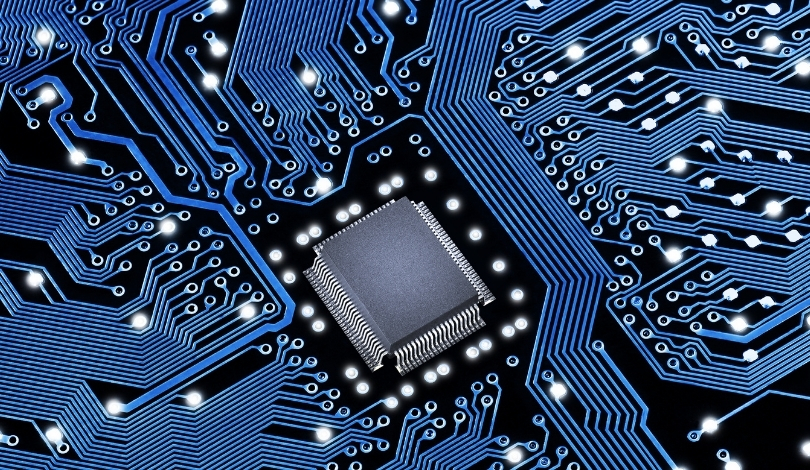NVIDIA‘s latest prototype, the RTX 5090, is generating buzz in the tech community due to its impressive specifications. Featuring over 24,000 CUDA cores and an 800W power draw, this graphics card aims to set new standards in performance. Enthusiasts are eager to see how these enhancements will translate into real-world applications and gaming experiences.
Previous iterations of NVIDIA’s RTX series have consistently pushed the boundaries of GPU performance. The RTX 3080, for example, was lauded for its balance between power and efficiency. In contrast, the RTX 5090 is taking a bold step forward with its substantial increase in core count and power consumption, signaling a shift towards even more demanding computing tasks.
What Enhancements Do the CUDA Cores Offer?
The RTX 5090’s 24,000 CUDA cores significantly surpass those of its predecessors, potentially offering unparalleled processing capabilities. This increase is expected to enhance parallel processing tasks, making it ideal for complex simulations, AI workloads, and high-resolution gaming.
“The surge in CUDA cores will allow for more detailed and faster rendering processes,”
an NVIDIA spokesperson noted.
How Will the Increased Power Draw Affect Performance?
With an 800W power draw, the RTX 5090 requires robust cooling solutions and power supply units. This high power consumption is indicative of the card’s ability to sustain peak performance during intensive tasks. Users may experience smoother frame rates and reduced latency in demanding applications, although it necessitates ensuring adequate hardware support.
What Implications Does the RTX 5090 Have for Gamers?
Gamers stand to benefit from the RTX 5090’s enhanced capabilities through improved graphics fidelity and faster load times. The increased CUDA cores and power allow for higher frame rates and support for advanced features like real-time ray tracing and AI-driven enhancements.
“This GPU is designed to cater to the needs of next-gen gaming,”
a representative stated.
The RTX 5090 prototype represents a significant leap in GPU technology, catering to both professional and gaming markets. Its substantial increase in CUDA cores and power could set a new benchmark for performance, although it raises considerations regarding energy consumption and hardware compatibility. Potential buyers should assess their system requirements and cooling solutions to fully utilize the RTX 5090’s capabilities.










